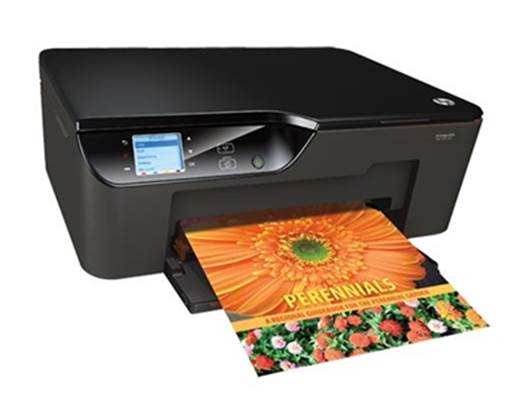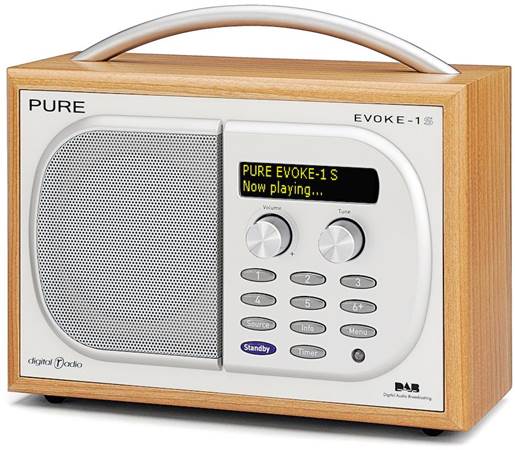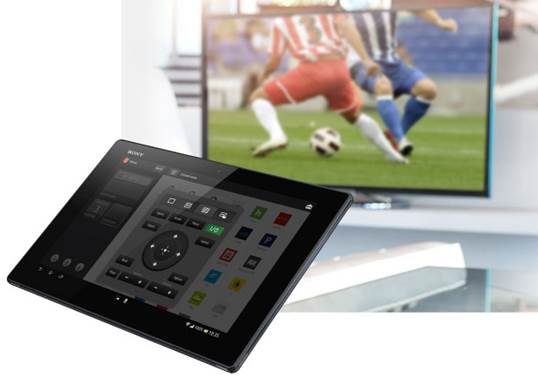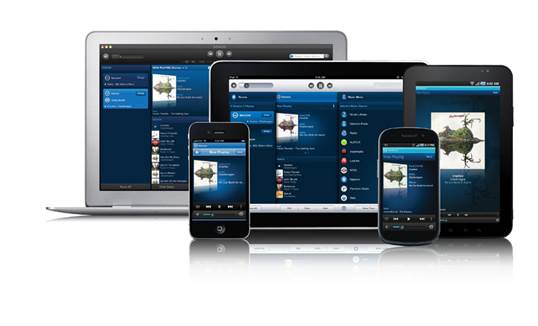Print & scan
Moving around a printer or scanner to use
it with your various PCs is a hassle you can do without. Much better is to have
a printer or scanner connected to your wireless network so that it can be
accessed by any computer. There are various ways in which this is possible. You
could connect via USB the printer to any PC that’s part of the Windows
Homegroup or network. However, to print from another PC, this host machine will
need to be switched on. This wastes energy. A much better solution is to use a
NAS drive that has a print server, if you have one.

Multifunction
Printers can enable printing and scanning over a network
Alternatively, you can directly attach the
printer to your wireless router – either by using an Ethernet cable or
wirelessly, if your printer supports that option. Most printers these days
support Ethernet, which is particularly useful in office environments, while
built-in wireless connectivity is becoming increasingly popular.
If you’re planning to buy a new printer, it
may make sense to look for an all-in-one model that includes print and scan
facilities, plus built-in Wi-Fi. So-called multifunction printers allow you to
scan as well as print wirelessly. When you connect an older all-in-one device
(which doesn’t have built-in networking) to a NAS drive or router’s USB port,
it may not be possible to use its scanning component.
Sync your stuff
If you have more than one computer you’ll
probably want to ensure that your music, photos and documents are kept in sync
between them.
Various cloud-based services (see our top
20 at tinyrl.com/a9wwndk for suggestions) provide this functionality and will
work between different devices, such as a Windows laptop and an Android
smartphone or tablet.
This is handy if you spend a lot of time
travelling but, when you’re at home, it doesn’t make sense to transfer data
from your laptop to the internet and then back to a smartphone in the next
room. After all, this could unnecessarily eat into your data allowance. The
solution is to synchronize files across your Wi-Fi network.
There are lots of options, but one solution
you might like to consider is Android Manager Wi-Fi. This free app allows the
manual transfer of files as well as automatic synchronization. Download the
Windows component from tinyrl.com/2aja5jt and the Android app from Google Play
and you’ll be in business.

An
inter radio lets you listens to thousands of stations
In the same way that you can synchronize
your documents via a Wi-Fi network, most e-readers allow you to download books
without involving your PC by directly connecting to the home Wi-Fi network.
It’s also possible to sync and back up your
mobile devices via Wi-Fi. To set this up with an iOS device, simply connect it
to your computer via USB then, in iTunes, select the device and check the ‘Sync
via Wi-Fi’ box. It’s largely the same process for Windows Phones, which sync
with the Zune software.
Remote control of your entertainment
Having to use several different remote
controls – one for the TV, another for the hi-fi and yet another for the DVD
player has never been popular. Universal remotes are available, but they never
really took off. They often present something of a compromise when controlling
a particular device, and touchscreen models are pricey.
You might expect that a smartphone or
tablet could be used for this purpose and provide a much better user interface,
even when you’re controlling just one device. However, most devices don’t have
the infrared port required for communication with TVs and the rest of your kit.
This is now starting to change. More and
more home-entertainment equipment has built-in Wi-Fi or wired networking.
Plenty if manufacturers provide apps to control their devices, and there are
third-party apps, too.

You
can use a Tablet to remote by control your TV and other devices
If you have home-entertainment kit from
several manufacturers, you’ll need to use more than one app. Nevertheless, all
can be controlled using the same phone or tablet.
Sky, Virgin and YouView DVRs, for example,
allow you to set recordings from a mobile device. DVD players and TVs also have
companion apps that let you control everything from basic playback and menu
navigation to more advanced features such as showing additional content based
on what you’re watching.
Listen to music
A Wi-Fi network allows you to listen to
music in any room of the house, and there are several ways to enjoy this
freedom. Literally thousands of radio stations have an internet stream and,
although you can listen to these via any PC, there’s an alternative that will
likely give you better audio quality and added convenience: an internet radio.
These start at around $90 and rise to
several hundred pounds. Commonly, internet radios also support FM and DAB. Just
bear in mind that listening to radio via the internet will count toward your
data cap.

Sonos
lets you control your music on its range of wireless speakers via iPad and
smartphone apps
Another popular option is to stream MP3
audio files via your wireless network. This requires you to have a media server
on your network. There are a number of approaches here.
First, if you don’t mind keeping it
switched on, you can configure as a media PC any PC on eth network. See
tinyurl.com.aL723ez for instructions on how to do so.
Alternatively, NAS devices can often be
configured to act as media servers as well as file servers. Typically, they can
act as both a DLNA/UPnP server and an iTunes server.
A third option is the dedicated media
server. If your NAS or dedicated media server doesn’t have built-in Wi-Fi, just
plug it into an Ethernet port on your wireless router.
Just as there are several ways of streaming
your audio around the house, there are lots of ways you can access that data.
The most obvious method is from any computer connected to the network, although
this probably won’t provide you with the audio quality you hoped for. A much
better solution is to use a Wi-Fi-connected hi-fi system, such as multi-room
systems from Sonos or Pune.
Alternatively, you could opt for a
standalone music streamer, such as an internet radio (virtually all models will
also play music from your local network) or connect a dedicated network player
such as a Naim NDS to a hi-fi system.